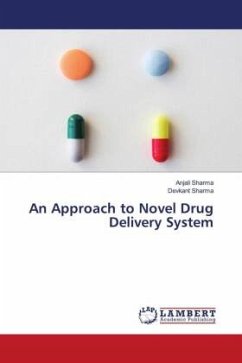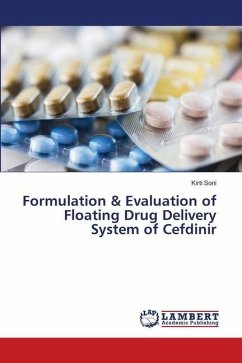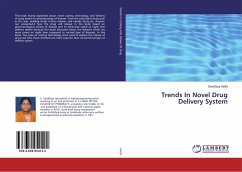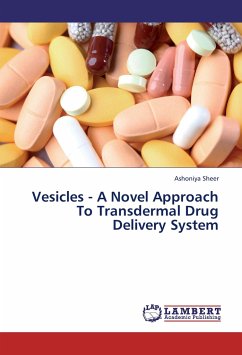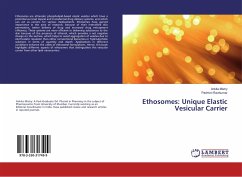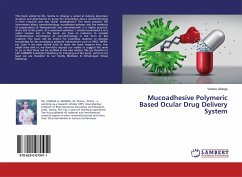The first step in delivering the drug to the patient is to formulate a suitable delivery system that can maintain the minimum effective concentration of the drug in the body i.e the drug concentration should be within the therapeutic window. Conventional dosage forms generally deliver the drug immediately leading to a sudden rise and then decline in the drug concentration within the body. Delivering the right amount of drug at the required time is very important in effectively managing disease and minimizing side effects. Drugs with a short half-life need to be administered frequently more than 3 times a day leading to poor patient compliance. Moreover, targeting drugs to a specific tissue or organ is being considered nowadays. Targeted drug delivery is being used for anticancer therapy. Controlled drug delivery systems can be designed to deliver the drug at the desired rate, time, and place.

